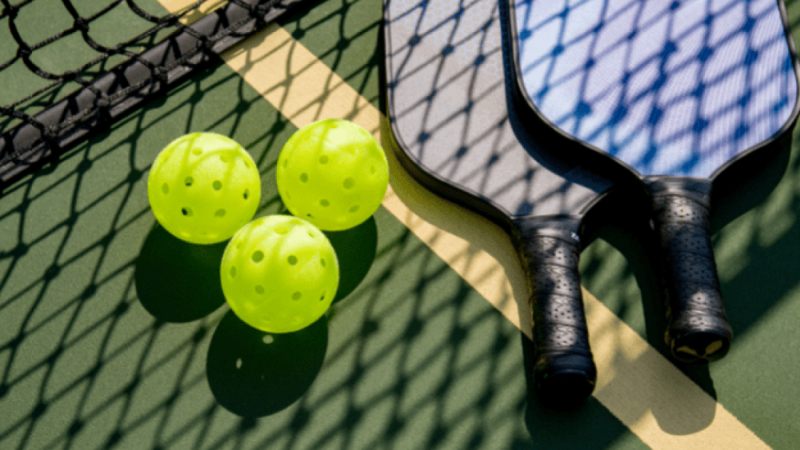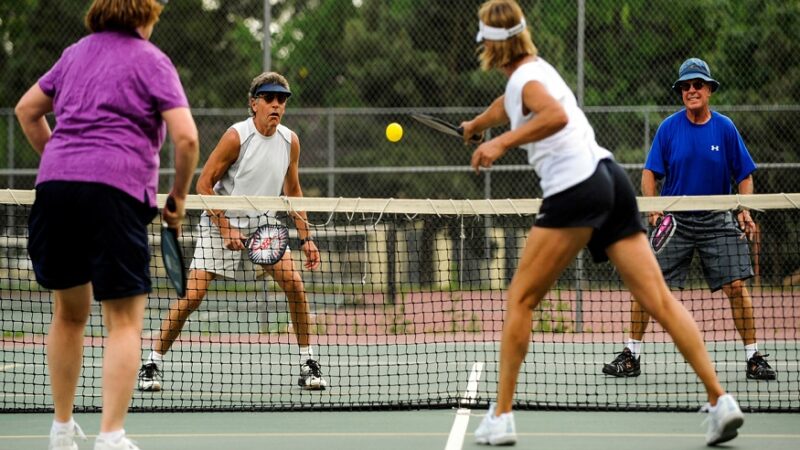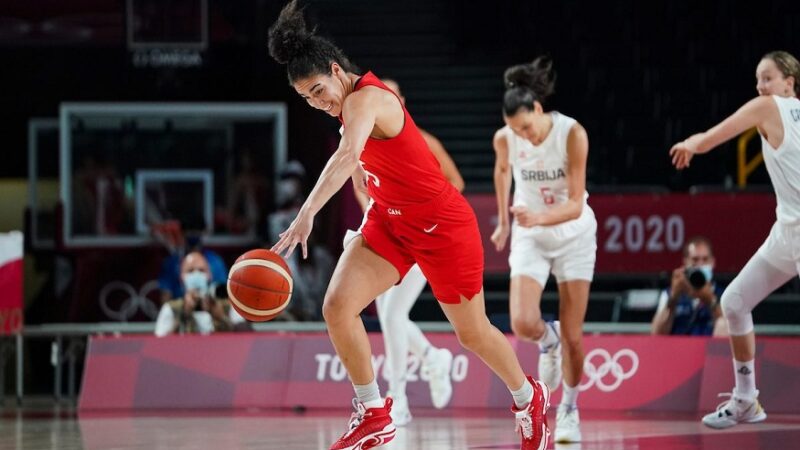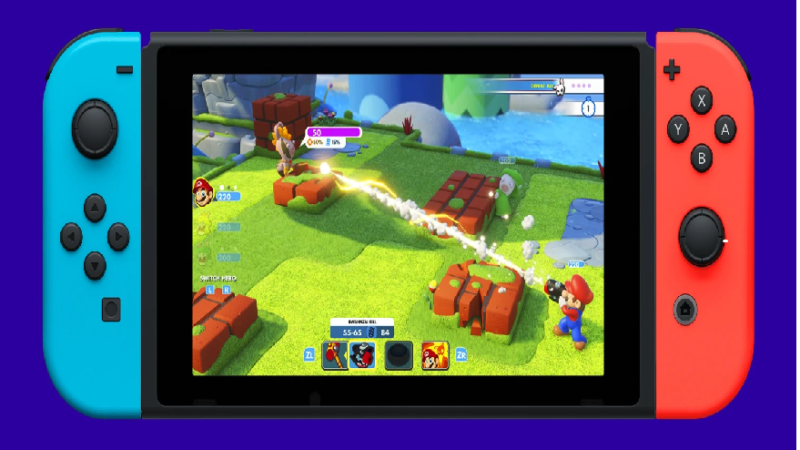Pickleball Court Resurfacing Transforming Play
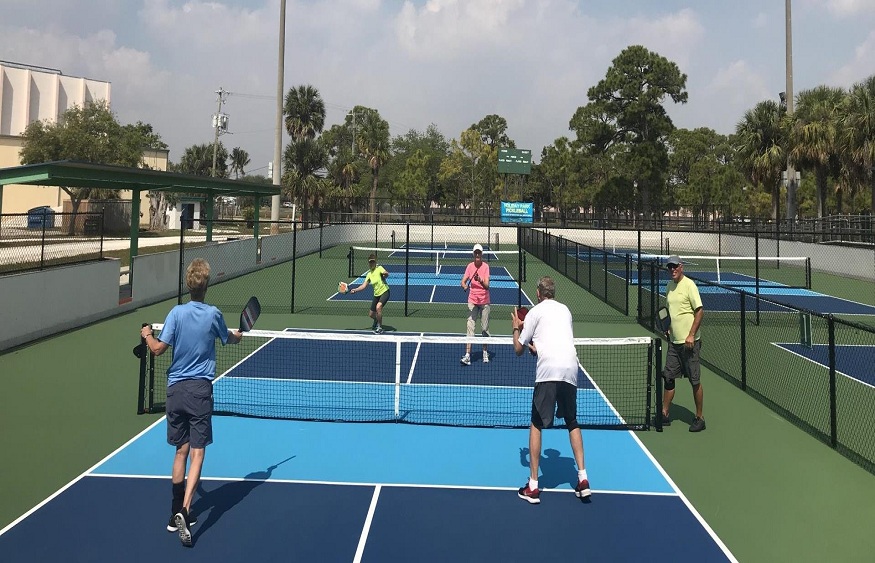
The world of Pickleball Court Resurfacing for an in-depth guide on the process, benefits, signs indicating a need, DIY vs. professional considerations, cost analysis, and expert FAQs. Elevate your game with a revitalized playing surface.
Unveiling the secrets of Pickleball Court Resurfacing, this comprehensive guide explores the transformative power of renewing your court’s surface. Elevate your playing experience and rejuvenate your passion for the game.
Signs Your Pickleball Court Needs Resurfacing
Cracks and Potholes
Read more: The Purpose Of An Eating Site
Visible cracks and potholes are not just cosmetic issues; they can significantly impact playability and pose safety hazards.
Uneven Surface
An uneven surface disrupts the natural flow of the game. Resurfacing ensures a smooth, consistent playing area.
Fading Colors
Fading colors indicate wear and tear. A vibrant court not only looks appealing but also enhances visibility during play.
The Pickleball Court Resurfacing Process: A Step-by-Step Guide
Surface Evaluation
Before initiating the resurfacing process, conduct a thorough evaluation to identify underlying issues and plan the required repairs.
Cleaning and Preparation
Clear the court of debris, dirt, and any loose materials. A clean surface ensures optimal adherence of the new coating.
Crack Repair
Address existing cracks with suitable fillers to prevent them from reappearing in the newly resurfaced court.
Application of Resurfacing Material
Apply a high-quality resurfacing material evenly across the court, ensuring a seamless and durable finish.
Line Markings and Finishing Touches
Precisely mark court lines, ensuring compliance with official regulations. Finish with meticulous touches for a professional appearance.
DIY vs. Professional Resurfacing: Weighing Your Options
DIY Resurfacing
Cost-effective but suitable for minor repairs. It may lack the finesse and longevity of a professional touch.
Professional Resurfacing
Investing in professional services guarantees expertise, quality materials, and a finish that stands the test of time.
The Cost of Pickleball Court Resurfacing
Factors Influencing Cost
Court size, condition, choice of materials, and labor costs all contribute to the overall expense.
DIY Cost vs. Professional Cost
While DIY may seem economical initially, professional services offer long-term value, ensuring a durable, high-quality finish.
Pickleball Court Resurfacing: A Personal Perspective
As a Pickleball enthusiast, I’ve experienced the remarkable difference a resurfaced court makes. The renewed bounce, vibrant colors, and smooth texture amplify the joy of every game.
FAQs
How often should a pickleball court be resurfaced?
Resurfacing frequency varies based on usage, but a general recommendation is every 5-7 years.
Can resurfacing fix major structural issues?
Resurfacing primarily addresses surface-level concerns. Structural issues may require additional repairs.
Is it possible to resurface a court with severe cracks?
Yes, but it’s crucial to address underlying issues causing the cracks for a lasting solution.
Can I play immediately after resurfacing?
Allow sufficient curing time before play, typically 2-3 days, to ensure the surface sets properly.
Are there eco-friendly resurfacing options?
Yes, environmentally conscious resurfacing materials are available, prioritizing sustainability.
Can I resurface my court in winter?
It’s ideal to plan resurfacing during warmer months for optimal curing conditions.
Conclusion
Pickleball Court Resurfacing is more than a maintenance task; it’s a commitment to the sport’s integrity and your playing experience. Whether addressing minor imperfections or executing a full resurfacing, the benefits are undeniable. Rediscover the joy of Pickleball with a court that’s not just a playing surface but a canvas for endless memories.

